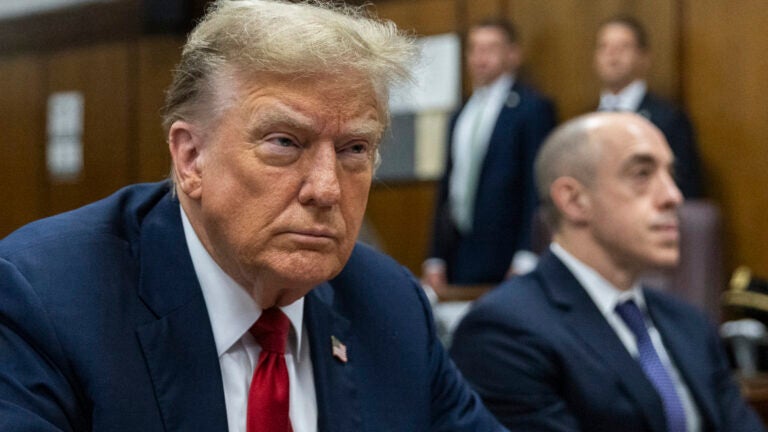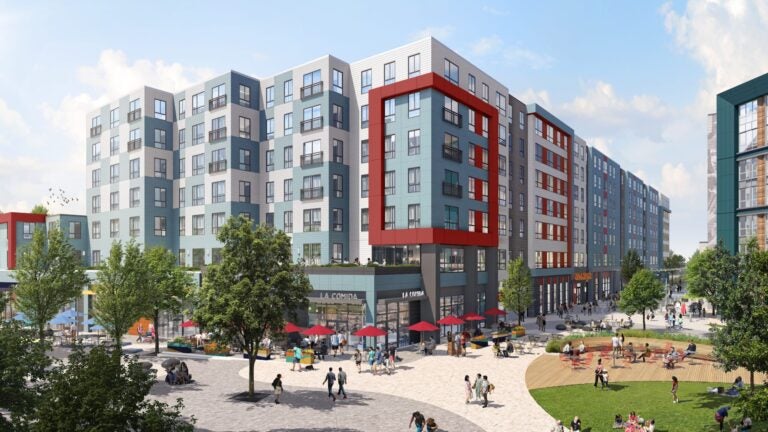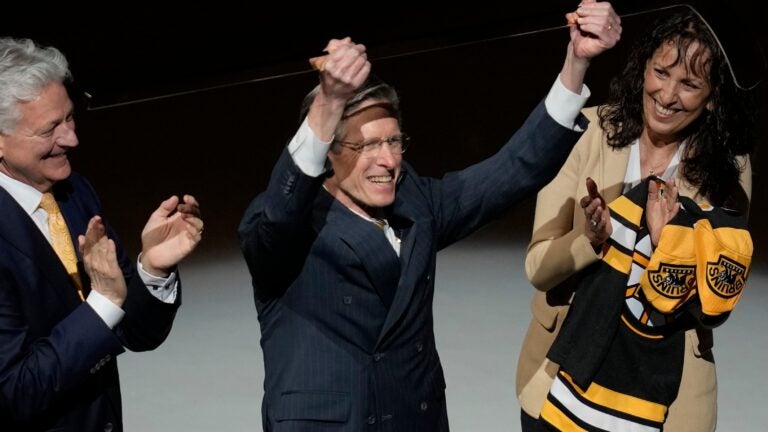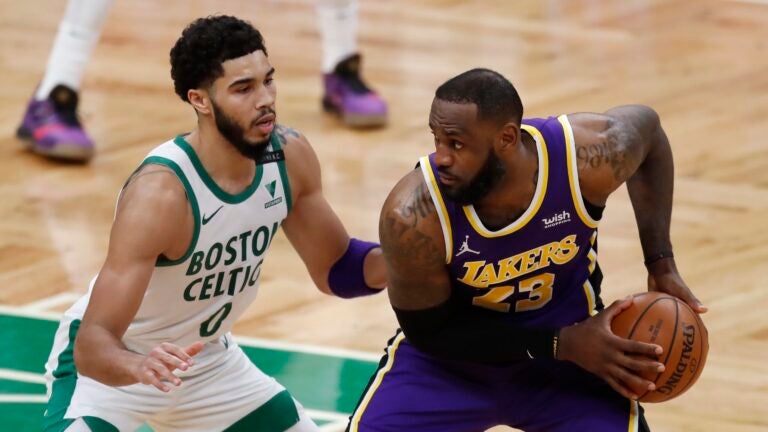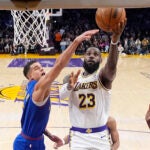Harvard study says LeBron James has tangible economic impact on local bars and restaurants
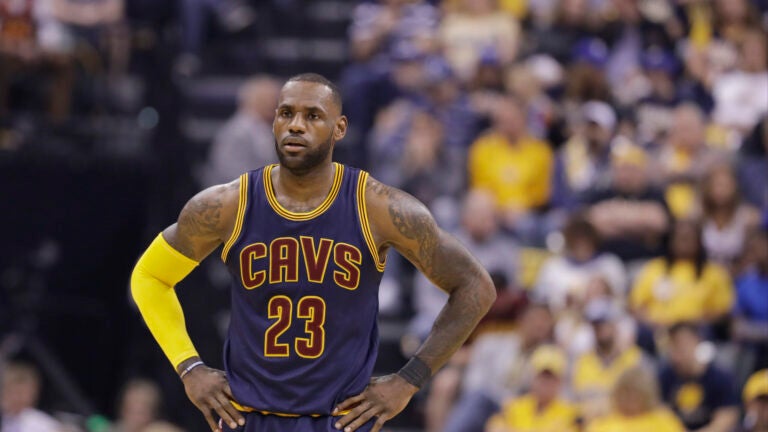
While LeBron James may cause opposing fans to drown their sorrows, a new Harvard study says the three-time NBA champion also drives the food and drink industry for his home city — from Cleveland to Miami and back.
In a study released this month, Harvard Kennedy School professor Daniel Shoag and the American Enterprise Institute resident scholar Stan Veuger traced the spillover effect of James’s career path from Cleveland to Miami and back. They found that in each city the 13-time All-Star forward had a “statistically and economically significant positive effect” on the number of restaurants and bars near his city’s stadium, as well as employment in the industry.
In both cities, the number of restaurants close to James’s home arena spiked upon his arrival and then decreased when he left (Cleveland in 2010 and Miami in 2014).

The number of restaurants within 1 mile of the James’s home arena for each year between 2006 and 2016. LeBron James joined the Heat in 2010 and returned to the Cavs in 2014.
“Specifically, his presence increased the number of restaurants within 1 mile of a stadium by about 12.8% and the number of eating and drinking establishments by about 13.7%,” Shoag and Veuger wrote.
Employment at the establishments also rose 23.5 percent. However, as the distance from the stadium increased, the James effects decreased. And outside seven miles, his presence had no significant impact.
“This confirms our suspicion: that superstars can make a difference that has a noticeable economic impact, and that the impact is very local,” Shoag and Veuger wrote.
As Cleveland.com reported in 2015, previous estimates concurred that James’s return to his home state resulted in a nine-figure economic boost for downtown Cleveland, even if some of it simply represented a shift in how local residents spent their “entertainment bucks.”
